Ca kho (Caramelized fish)
As we know, healthy diets almost always contain fish, a protein food with fewer calories than other meat sources.
As we know, healthy diets often incorporate fish, a protein-rich food that generally contains fewer calories than many other meat sources. Additionally, fish is one of nature's most versatile foods, with preparation methods including baking, frying, steaming, and poaching. Simmering fish is particularly effective at reducing any fishy odor while enhancing its flavor.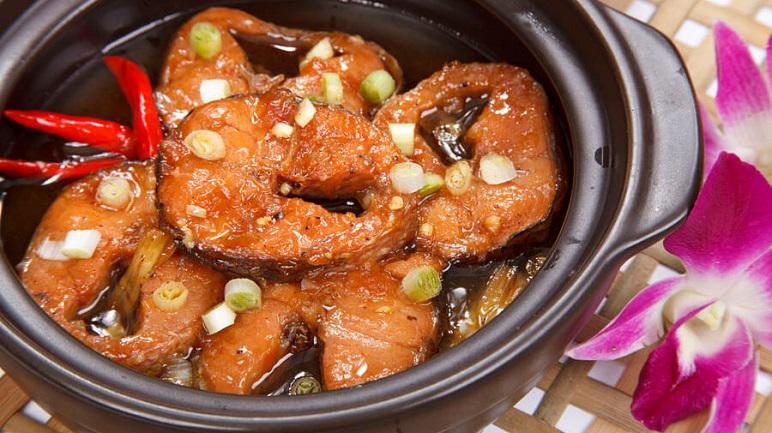 Photo: eva.vn
Photo: eva.vn
In Vietnam, fish stews, or “Cá kho,” can be categorized into two types: “kho khô” (dry simmering) and “kho nước” (wet simmering). “Cá kho nước” is usually prepared with saltwater fish such as tuna, salmon, mackerel, and grouper. This dish typically has a milder flavor and is often cooked with a significant amount of liquid, which can be used to drizzle over steamed rice, “bún,” or noodles. Conversely, “Cá kho khô” is saltier and cooked until most of the water evaporates. This variant usually features freshwater fish like long-jawed anchovy, carp, goby, and mullet.
To prepare “Cá kho,” it is crucial to gather the necessary ingredients attentively. First, the essential seasonings include salt, pepper, “nước mắm” (fish sauce), sugar, and a bit of “kẹo đắng.” This is a liquid made from well-cooked sugar resembling caramel syrup, known for its bittersweet flavor and dark reddish-brown color—it is typically used to impart a sweet, savory taste and appealing color to dishes. In addition to the fish, vegetables known as “phụ gia” can be utilized, such as thin slices of ripe pineapple, tomatoes, carambola, jackfruit, and chunks of sugarcane. The most critical ingredient is, of course, the fish. Selecting the freshest fish will enhance the flavor of the dish. Fresh fish should be scaled and thoroughly cleaned with water and vinegar.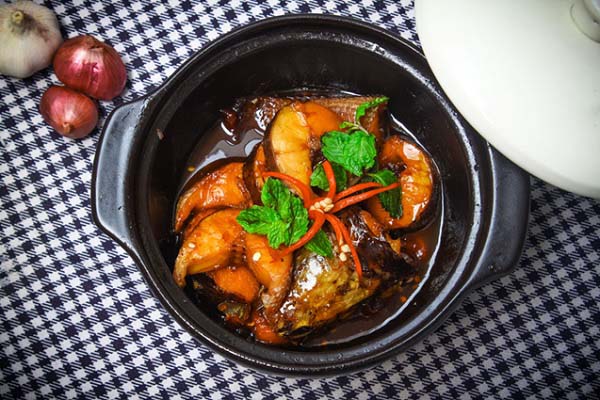 Photo: beptruong.edu.vn
Photo: beptruong.edu.vn
After the ingredients have been carefully prepared, chop the fish into small pieces and mix with the spices and vegetables. Allow this mixture to marinate for about 30 minutes before cooking. Transfer everything into a pot—ideally a clay pot, which enriches the flavor of the fish. Fill the pot with water and a small cup of tea. Simmer the mixture for a couple of hours, adjusting cooking time based on the type and size of fish used. During cooking, it is essential to monitor the heat and ensure that the water level is maintained at least 1-2 centimeters above the fish. Cook until the fish is tender and reaches the desired consistency; for “Cá kho nước,” ensure plenty of liquid remains, while for “Cá kho khô,” less liquid should be present.
“Cá kho” is traditionally served with steamed rice or “bún” and can be stored for up to one week.
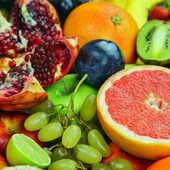
Vietnamese Fruits - An Overview
Being geographically located in the tropical zone, Vietnam is truly a heaven when it comes to fruits.
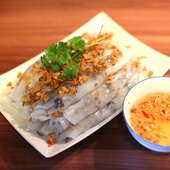
Vietnamese Cakes - A Closer Look At Vietnam's Most Varied Food
An overview to the different types of cake in Vietnam.
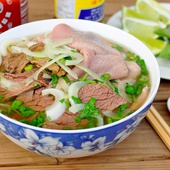
Vietnamese Noodles - An Overview
An introduction to Vietnamese noodles.








